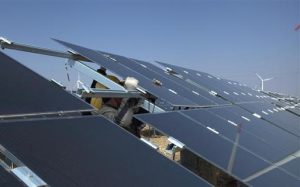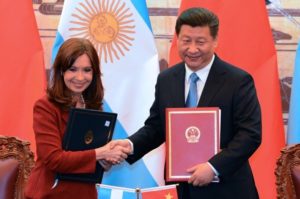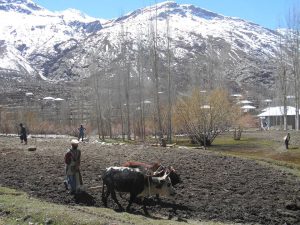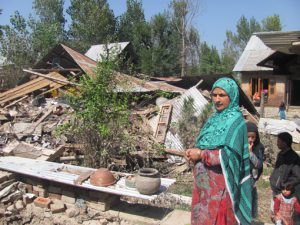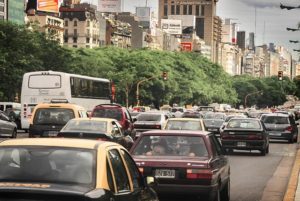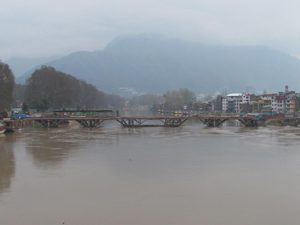China’s environment ministry is to consider whether the performance of provincial officials should take account of Green GDP – which measures the environmental damage caused by economic growth.
China’s environmental crisis has been blamed in part on performance targets that have measured success on the pace of economic growth, meaning that officials have raced to build new roads, factories, power plants and housing without consideration of the environmental consequences.
China’s President Xi Jinping has told officials: “We can no longer decide who is succeeding based on nothing but GDP figures.”
The government started researching the feasibility of implementing Green GDP measures 11 years ago. But the idea withered on the vine as the central government devolved more decisions on environmental planning to the provinces, who in a rush to meet ambitious targets gave to the nod to hugely-polluting projects.
The cult of economic growth – without much consideration of the consequences – has contributed to worsening air quality seen in many Chinese cities, as highly polluting factories and power plants were allowed to open or weren’t regulated or shut down.
This means that heavily-industrialised provinces such as Hebei are coming under increasing pressure to shutter power plants, cement factories and steel works, particularly if these are inefficient or surplus capacity.
But the closure of highly energy-intensive installations could mean big job losses and slash economic growth in many provinces – at least in the short term – which partly explains why the government has been reluctant to implement green GDP so far.
However, some studies make the case that the shutdown of polluting, wasteful industries will give greater encouragement to low carbon and green technologies, which in time would create many more jobs than those lost in mines, power plants and steelworks.
Over a decade ago, the State Environmental Protection Agency (now the MEP) and the National Bureau of Statistics started to research whether environmental factors should be included in GDP calculations.
According to Pan Yue, who was deputy head of SEPA, one of the aims of the idea of Green GDP was “to encourage officials to consider the environment when making policy decisions.”
The experiment initially got some support. In October 2004, after being designated a trial area for calculations of Green GDP, the province of Zhejiang expressed deep interest, and several months later trial work got underway.
At that time, Xi Jinping, who was then party secretary of Zhejiang, acknowledged that economic growth had come at a major environmental cost.
One environmental expert, who preferred to remain anonymous, said that the restarting of Green GDP research shows the Chinese government has admitted this is the correct approach – despite the wrong turning on the way.
